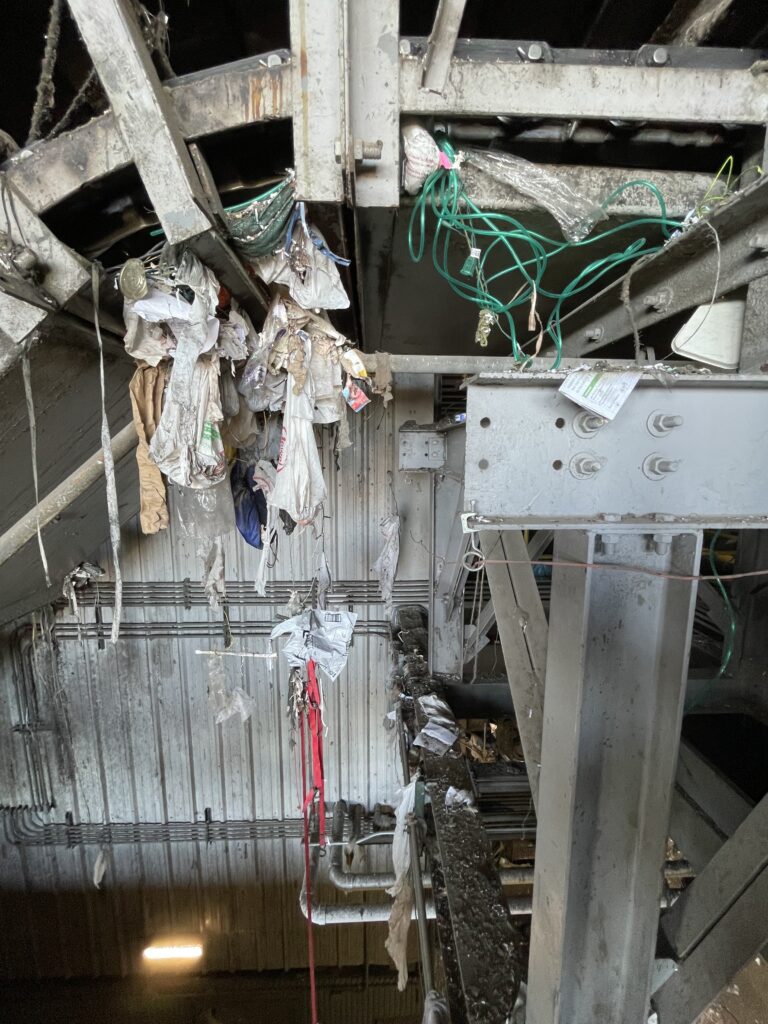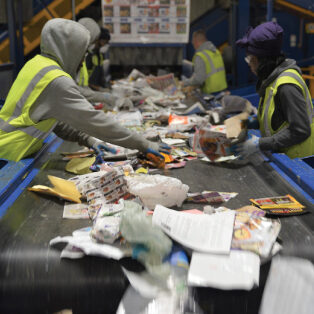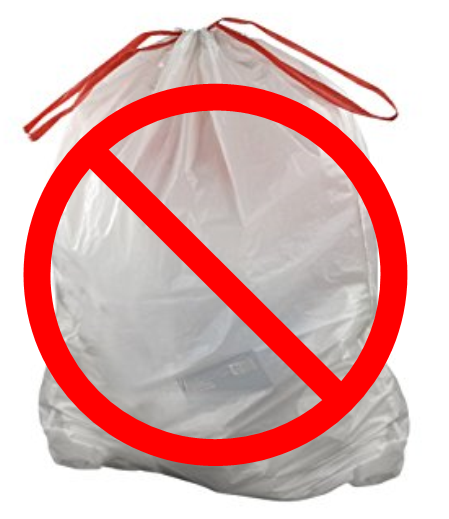ABC's of Recycling,
Q: Quick Tips for Quality Recycling
May 01 2023
Recycling can feel complicated. Try these Quick Tips to level-up your recycling game.

Rule of Thumb – Anything smaller than your thumb, like milk carton lids, bottle tops, and shredded paper should NOT go in the bin loose. Things smaller than 3” can’t be sorted into the right areas by the complex machines at the Materials Recovery Facility (MRF.)
Tanglers are Manglers – The MRF is a 3-story high maze of conveyor belts, spinning drums, gears and chains all working efficiently to sort your recyclables. Long, flexible things like garden hoses, electrical cords, strings of holiday lights, strapping from boxes, even wire clothes hangers can tangle in the equipment and cause real damage, even injure people working. Long, thin items like this should be trashed or recycled another way. DO NOT put them in the blue bin. (You already know that holiday lights can go to SCARCE, right?)

Cardboard FLAT, Drink cans FAT – Break your cardboard boxes down flat. It saves space in your bin and sorts more efficiently at the MRF. But saving space isn’t always the best strategy. Don’t crush aluminum drink cans! It’s better to leave them full-sized, so the optical sorters can spot them easily and sort them correctly. Flat cans, or “hockey pucks,” might get missed.
Nix the #6 – Polystyrene is the #6 resin material. It’s marked with the triangle chasing arrows and a 6 in the center. Polystyrene comes in both foam and rigid forms. It’s often used for egg cartons, raw meat packaging trays, and take-out food containers. It can also look like packing peanuts or the thicker blocks of packing material made of tiny balls. No polystyrene is recyclable in the blue bin.

No Bags! – Never bag your recyclables. Bagged recyclables end up in the landfill. Recyclables must be loose to be sorted correctly. Plastic shopping bags and trash bags fall off the sorting belts, shred and get caught in the machinery. Which can cause dangerous and expensive equipment failures. Bags are a BIG NO!
Finally, want to know the best advice to keep in mind when you are deciding what to put in your blue bin?
“When in Doubt, Throw it Out” – If you aren’t certain it can be recycled, it should go in the trash. Wish-cycling doesn’t help anyone. Remember, just because an item has a resin ID (chasing arrows with a number), doesn’t mean it’s recyclable in our commingled system. (You can read more about that in our blog post on labels.)
And just because people have asked, here’s a few more things NOT to put in the blue bin:
- No plastic toys
- No books
- No clothing or textiles
- Nothing ceramic—like dishes, mugs or flower pots
- No window glass, glass vases, or drinking glasses (Did you know these are actually made from a different glass than the recyclable glass jars and bottles we buy at the grocery store?)
- No wood or construction lumber
- No batteries
- No light bulbs
- No bowling balls (Seriously. Who thought that was a good idea?)
That’s a lot of no’s. But there is good news! There are other places you can take most of these items. SCARCE keeps a list on our website of items we accept and of offsite reuse & recycling options.
Even if it can’t go in the blue bin, there’s often a better way to let it go.